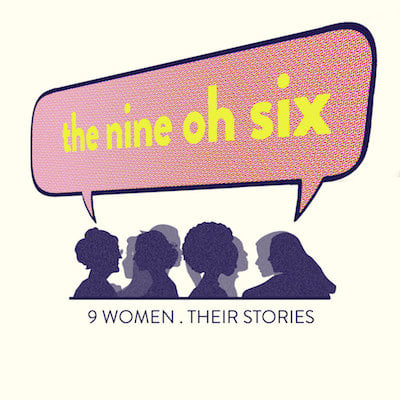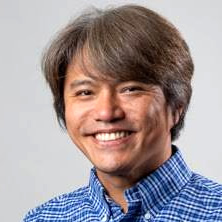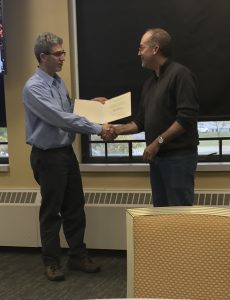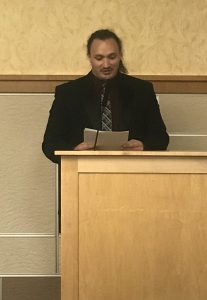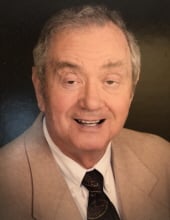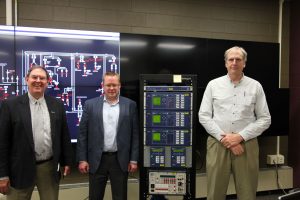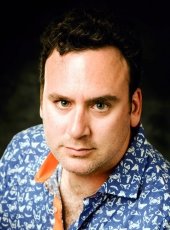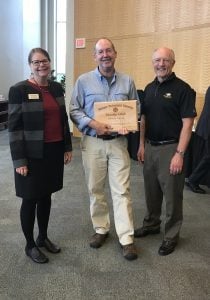Michigan Tech alumna Archita (Sivakumar) Fritz ’06, recently launched and co-founded the Nine Oh Six podcast. The Nine-Oh-Six is a global podcast co-hosted by lifelong friends Meha (Pandey) Chiraya (Houghton High School ’06) and Fritz.
The name of this podcast is the area code (906) of the Upper Peninsula, which is where Meha and Archita’s friendship began, and is an ode to the sense of community they both experienced as young adults in Houghton. This podcast originated from a desire to share the stories of the extraordinary women in their lives, within their networks and communities, who are forging a path forward.
Too often podcasts and interviews are focused on women at the top of the proverbial ‘success ladder’. Yet, they were constantly amazed by women in their lives who are doing extraordinary things as they define success on their own terms. The podcast provides a platform to share and inspire others with these stories.
On the most recent episode they interview a fellow Michigan Tech Alumna, Andrea (Taglione) Bouman ’11 and MBA ’12 who is an ER Physician at UP Health System – Portage in Hancock. She shares how her time at Michigan Tech helped shape her journey towards becoming a physician wanting to serve the community while building a family.
You can tune into the episode. For more inspiring stories about women who are defining success on their own terms, one can subscribe to The Nine Oh Six on any podcast platform such as iTunes, Spotify, Stitchr and others. or you can listen to the episodes at www.thenineohsix. You can follow us on Facebook at The Nine Oh Six Podcast or on instagram @thenineohsix.
